Kraków 2024-07-15
Ilyushin Il-10 assault aircraft, AVIA B-33.
The Ilushin Il-10 is a Soviet attack aircraft developed at the end of World War II at OKB Ilushin. The Il-10 aircraft was mass produced in the CCCP. Also after the war, it was produced in Czechoslovakia as the Avia B-33.
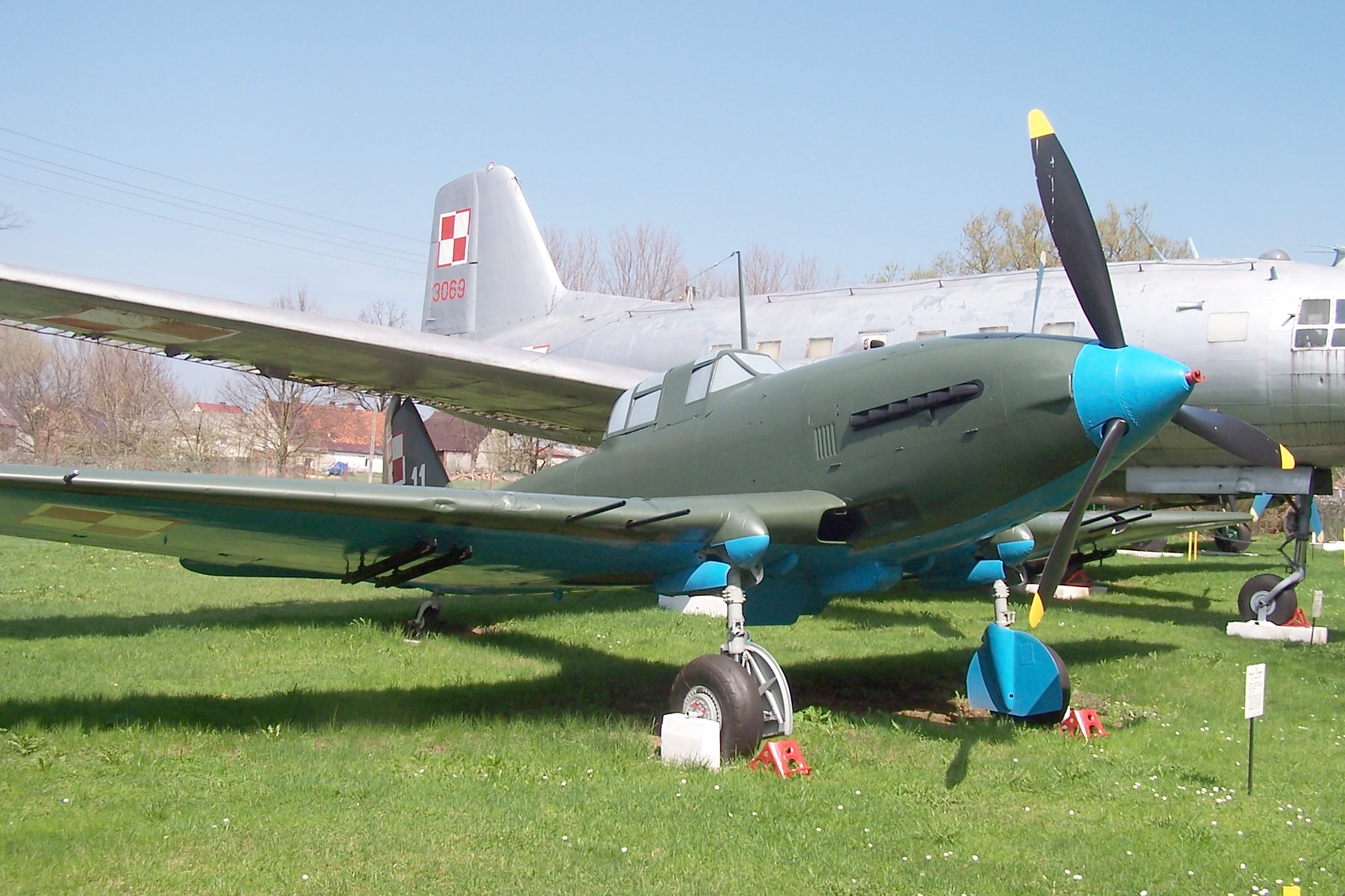
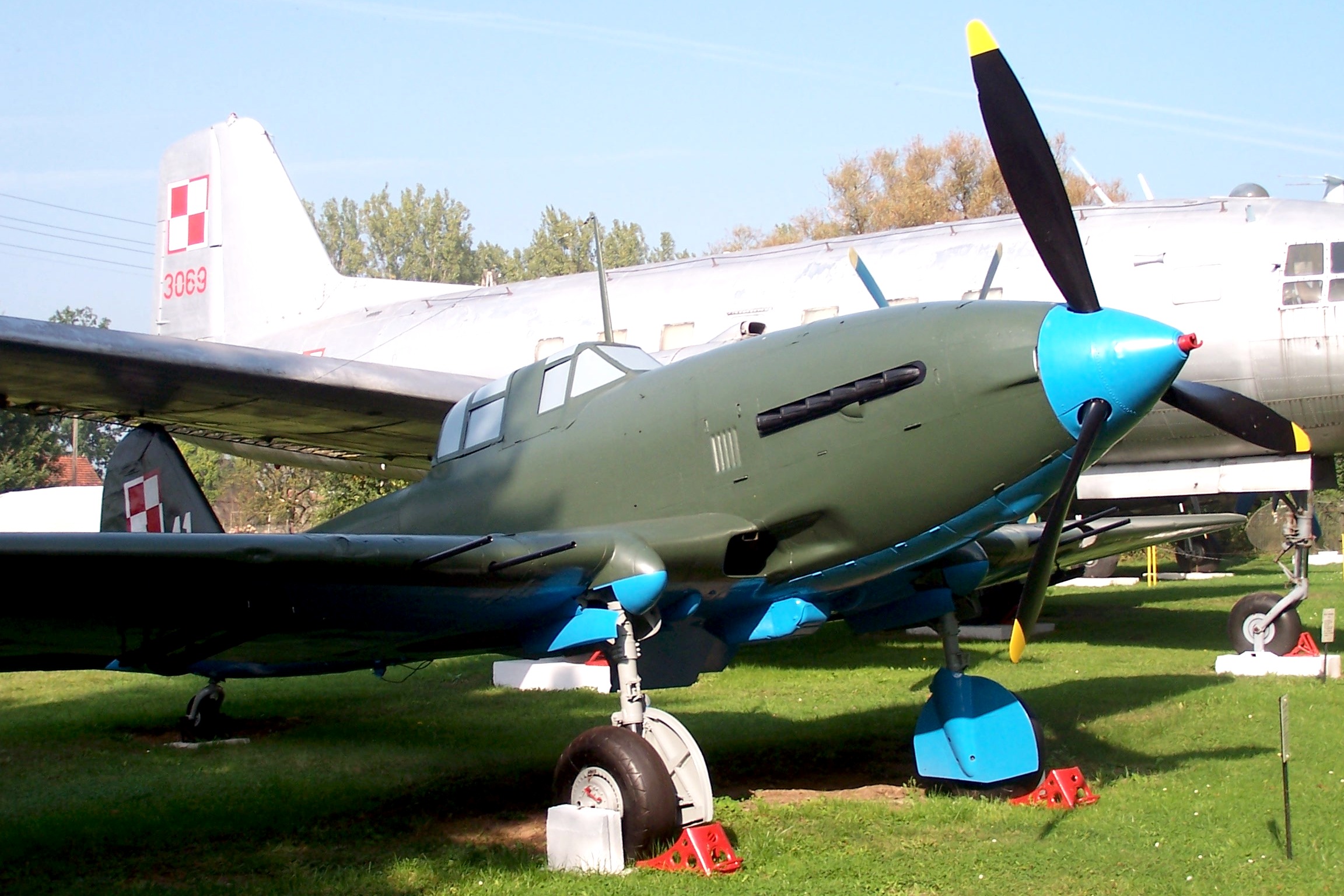
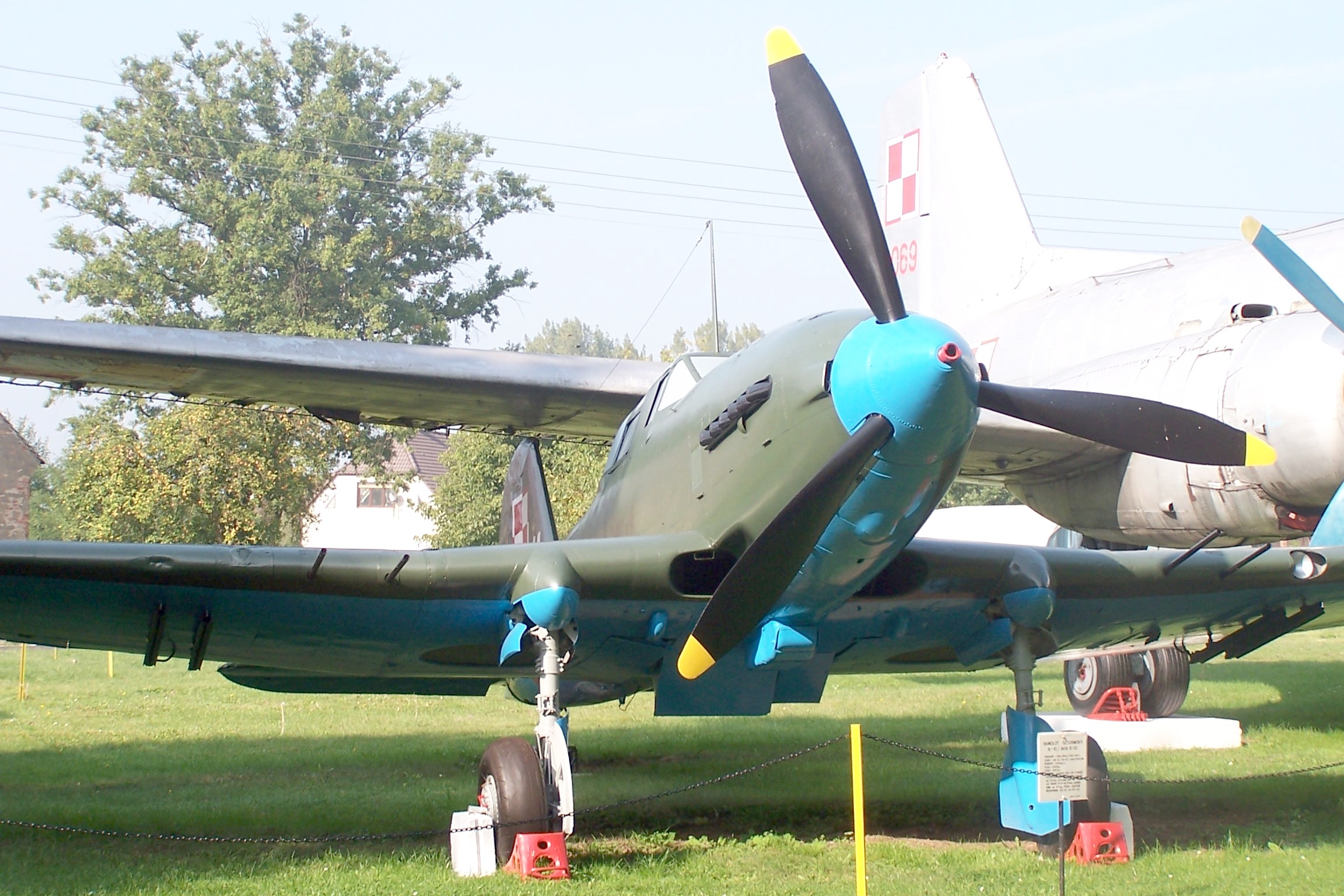
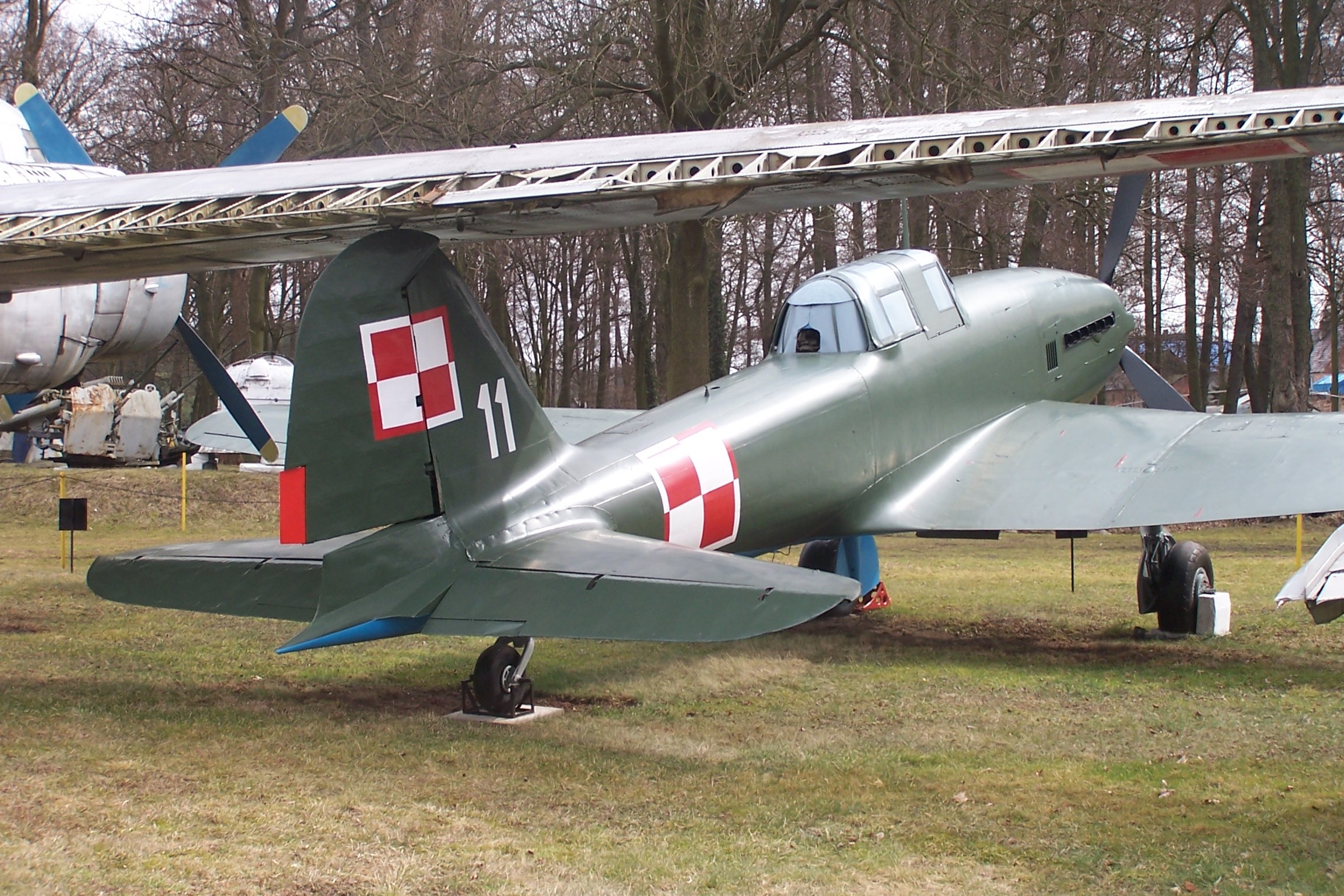
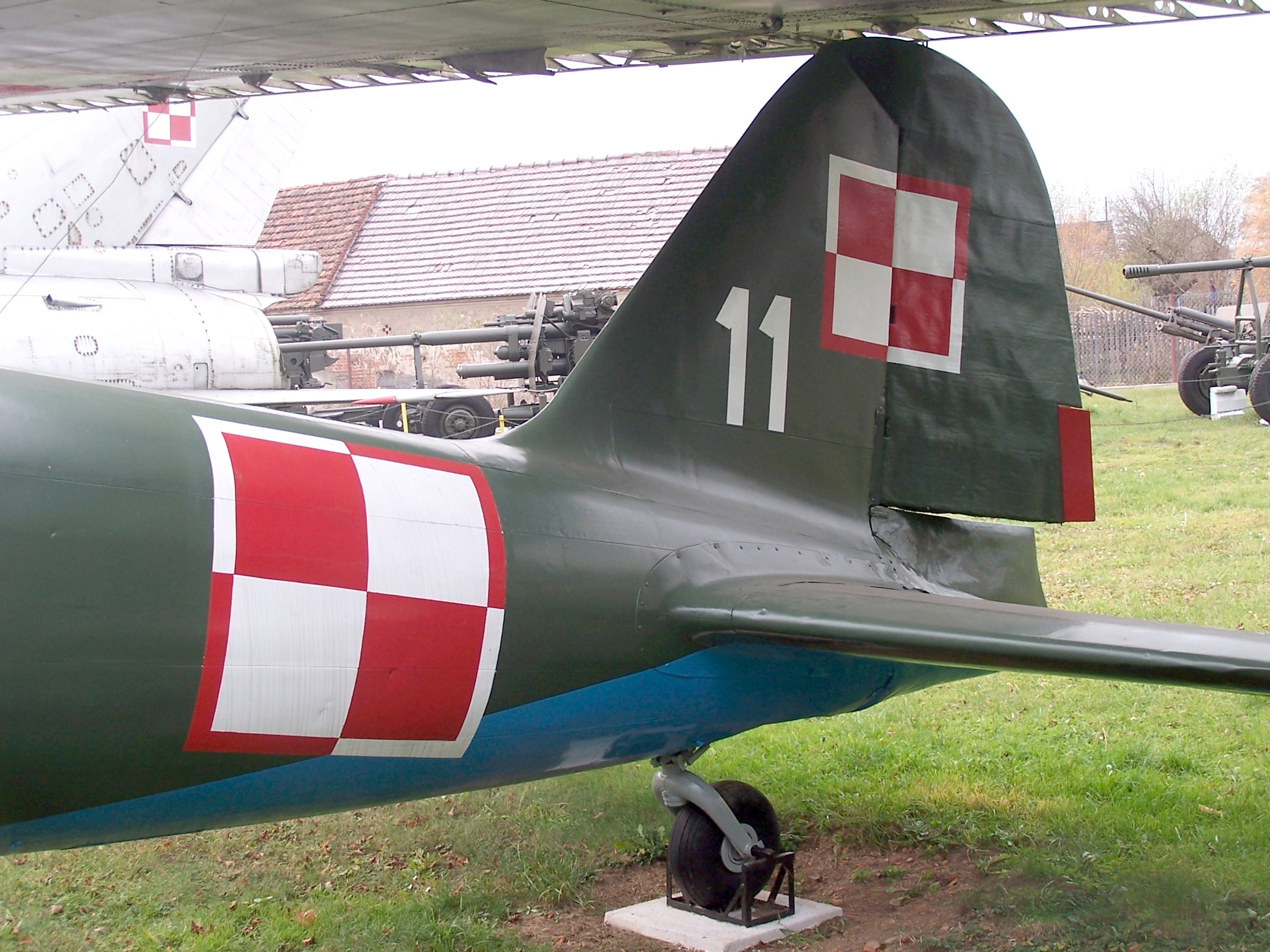
History of the Ilyushin Il-10 design.
In 1943, the CCCP Defence Committee found it necessary to introduce newer types of combat aircraft, especially fighter and attack aircraft. The office of P. O. Sukhoi presented designs for the Su-6/III and Su-8 assault aircraft; the office of S. V. Ilyushin presented designs for the Il-8 and Il-10, both of which were based on the experience of the Il-2 aircraft. The Su-6/III, Su-8 and Il-10 designs were selected for implementation. In February 1944, three prototype Il-10 aircraft were built at Plant No. 18 "Znamia Truda", where the Il-2 aircraft were built in series. The first prototype was flown in March 1944, followed by state testing. The pilots were A. K. Dolgov and V. K. Kokkinaki. On 9 July 1944, the tests were completed. Then comparative tests were made with OKB Sukhoi aircraft. The Il-10 aircraft proved to be the best. On 23 August 1944, the State Defence Committee decided to start serial production of Ilyushin Il-10 aircraft. The first serial aircraft was flown on 27 September 1944.
In October 1944, the first aircraft were delivered to the training regiments. The first combat use was in the battles over the Nisa River. By May 1945, there were already more than 100 copies of the Il-10 aircraft at the front, which were on the equipment of four regiments. After the end of hostilities, the design continued to be developed. In the gunner's cabin, the UBT 12.7 mm calibre wkm was replaced by the UB-20 20 mm calibre cannon. The armament located in the wings was also replaced with four NS-23 cannons, cal. 23 mm.
In the CCCP, after the war Il-10 aircraft were produced at the Voronezh Aviation Plant, Aviakor Plant, CSKB-Progress. A training version designated UIł-10 was put into production, with the instructor sitting behind the student pilot. This aircraft had only two NS-23 calibre 23mm cannons.
From 1949, Il-10 aircraft began to be delivered to CCCP-dependent countries. In 1951, licence production began in Czechoslovakia, the factory in Chakovice, as the Avia B-33. The Czechoslovak aircraft also had Mikulin M-42 engines manufactured in Czechoslovakia.
The armament of the Avia B-33 aircraft consisted of: 4 NS-23RM cannon. In the gunner's cabin was a BNT-20E (B-20) cannon. Under the wings were 4 launchers of 2RU324 rocket missiles of the N-150 type. A photocannon of the S-13 type was mounted. The aircraft had an IFF-type identification device marked SzCz-3M.
In the period 1953 - 1954 to the countries: Poland, Hungary, Romania and Bulgaria, approximately 600 Avia B-33 type aircraft were delivered. In Czechoslovakia, 1,200 aircraft were built and production was completed in 1955. A total of 6,170 Il-10 / Avia B-33 aircraft were built.
Illyushin Il-10 / Avia B-33 in Poland.
The first aircraft were delivered to Poland in January 1949. By August 1949, the Polish Army already had 210 in: 4th PLSz, 5th PLSz, 6th PLSz, OSL, SEL MW. In the period 1953 - 1954, there was another large delivery of Avia B-33 aircraft. In 1957, the process of withdrawing the aircraft from the assault regiments began, and they were replaced by PZL Lim-1/2 aircraft. The last machines were taken off stock in 1960.
Three aircraft have been preserved in Poland. The first Iliuszyn Il-10 in the Museum of the Polish Army in Warsaw Il-1 nb 011, serial number 5523. The aircraft was handed over to the Museum by the Air Force Headquarters on 15 October 1957. The aircraft's fixed armament consisted of two WJa calibre 23 mm cannons and two 7.62 mm calibre SzKAS machine guns. A second Avia B-33 nb 11 aircraft at the Drzonowo Museum. The aircraft has 4 rail launchers under the wings for rocket missiles. The third Avia B-33 aircraft in the Polish Aviation Museum in Kraków. The aircraft is armed with 4 NS-23 cannons of 23mm calibre.
Iliushin Il-10 design.
The aircraft is aerodynamically based on the Il-2 aircraft, with the oil and water coolers located in the centreplane and the air intake located on the leading edges of the wings. The main undercarriage and tailwheel are fully retractable. The airframe received armour plating.
It was powered by a Mikulin AM-42 engine, a 12-cylinder, forked, in-line engine rated at 1,472 kW (2,000 hp).
Initially, the armament was taken over from the Il-2m3 aircraft. Subsequently, other more powerful armament was used, in various variants.
Data T-T Ił-10:
Span 13.40 m. Length 11.12 m. Height 4.10 m. Unladen weight 4,650 kg. Take-off weight 6 300 kg. Maximum speed 507 km/h. Climb speed to an altitude of 5 000 m, 9 min 70 s. Ceiling of 7,250 m. Range 800 km. Armament payload of 400 kg.
Written by Karol Placha Hetman
